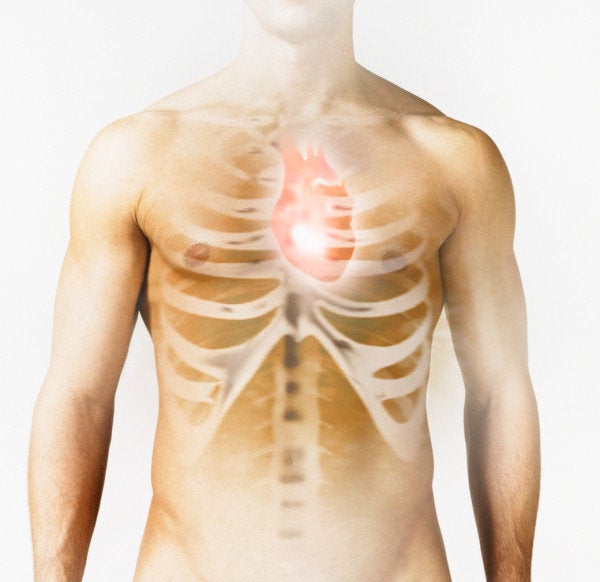
In my work I have defined self-compassion as having three main interacting components: self-kindness, a sense of common humanity and mindfulness. Self-kindness refers to the tendency to be caring and understanding with oneself rather than being harshly critical or judgmental. Instead of taking a cold "stiff-upper-lip" approach in times of suffering, self-kindness offers soothing and comfort to the self. Common humanity involves recognizing that all humans are imperfect, fail and make mistakes. It connects one's own flawed condition to the shared human condition so that one can take greater perspective towards one's personal shortcomings and difficulties. Mindfulness involves being aware of one's painful feelings in a clear and balanced manner so that one neither ignores nor obsesses about disliked aspects of oneself or one's life.
For the past decade or so I've been conducting research on self-compassion and have found that people who are compassionate to themselves are much less likely to be depressed, anxious and stressed and are much more likely to be happy, resilient and optimistic about their future. In short, they have better mental health.
The power of self-compassion is not just an idea; it's very real and actually manifests in our bodies. When we soothe our own pain, we are tapping into the mammalian care-giving system. And one important way the care-giving system works is by triggering the release of oxytocin. Research indicates that increased levels of oxytocin strongly increase feelings of trust, calm, safety, generosity and connectedness and facilitates the ability to feel warmth and compassion for ourselves. Oxytocin is released in a variety of social situations, including when a mother breastfeeds her child, when parents interact with their young children or when someone gives or receives a soft, tender caress. Because thoughts and emotions have the same effect on our bodies whether they're directed to ourselves or to others, this research suggests that self-compassion may be a powerful trigger for the release of oxytocin.
Self-criticism appears to have a very different effect on our body. The amygdala is the oldest part of the brain and is designed to quickly detect threats in the environment. When we experience a threatening situation, the fight-or-flight response is triggered: the amygdala sends signals that increase blood pressure, adrenaline and the hormone cortisol, mobilizing the strength and energy needed to confront or avoid a threat. Although this system was designed by evolution to deal with physical attacks, it is activated just as readily by emotional attacks -- by ourselves or others. Recent research indicates that generating feelings of self-compassion actually decreases our cortisol levels. In one study conducted by Helen Rockliff and her colleagues, researchers asked participants to imagine receiving compassion and feeling it in their bodies. Every minute they were told things like, "Allow yourself to feel that you are the recipient of great compassion; allow yourself to feel the loving-kindness that is there for you." It was found that the participants given these instructions had lower cortisol levels after the imagery than those in the control group. Participants also demonstrated increased heart rate variability afterwards. The safer people feel, the more open and flexible they can be in response to their environment, and this is reflected in how much their heart rate varies in response to stimuli. So you could say that by giving themselves compassion, participants' hearts actually opened and became less defensive.
When we soothe our painful feelings with the healing balm of self-compassion, not only are we changing our mental and emotional experience, we're also changing our body chemistry. An effective aspect of self-compassion practice, therefore, is to tap into our body's self-healing system through physical sensations.
This means that an easy way to calm and comfort yourself when you're feeling bad is through soothing touch. It seems a bit silly at first, but your body doesn't know that. It just responds to the physical gesture of warmth and care, just as a baby responds to being held in its mother's arms. Remember, physical touch releases oxytocin, reduces cortisol and calms cardiovascular stress. So why not try it? If you notice that you're feeling tense, upset or self-critical, try giving yourself a warm hug, or tenderly stroking your arm or face, or gently rocking your body. What's important is that you make a clear gesture that conveys feelings of love, care and tenderness. If other people are around, you can often fold your arms in a non-obvious way, gently squeezing yourself in a comforting manner. Notice how your body feels after receiving the hug or caress. Does it feel warmer, softer, calmer? It's amazing how easy it is to tap into mammalian care-giving system and change your biochemical experience.
To learn more about self-compassion, go to www.self-compassion.org or read my new book, "Self-Compassion: How to Stop Beating Yourself Up and Leave Insecurity Behind."